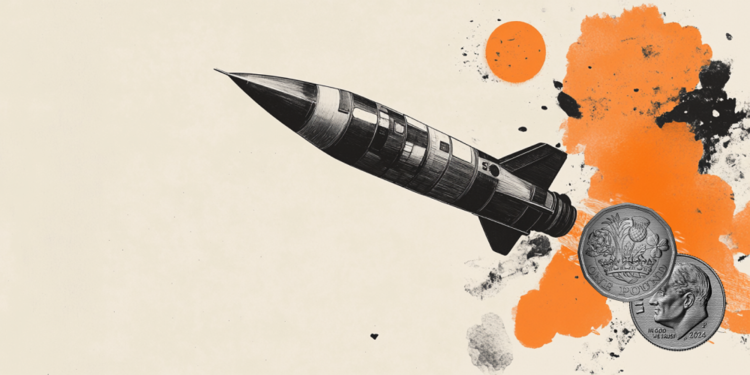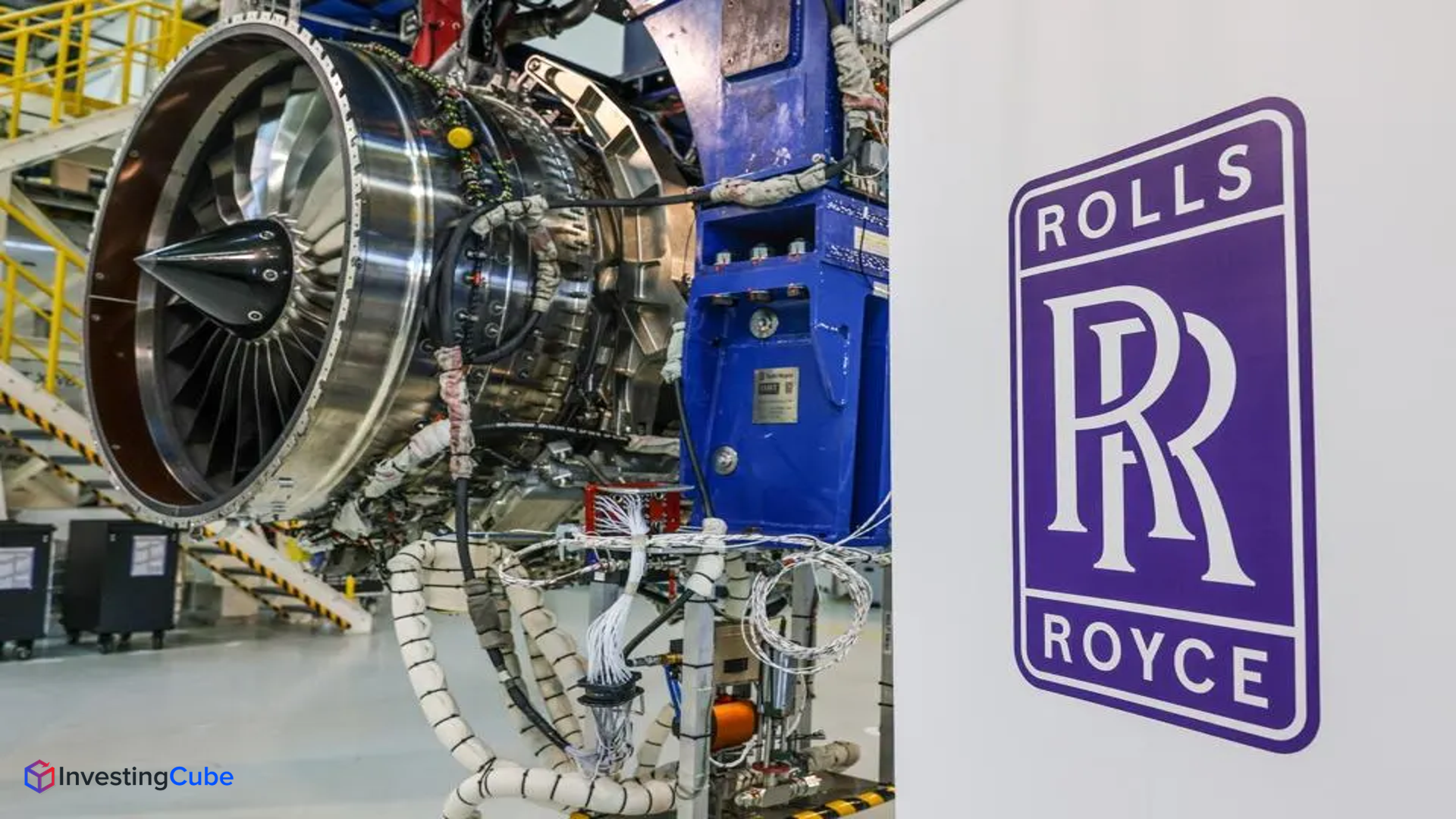XAG/USD slips below $47.00 due to optimism over US-China trade deal
Silver price (XAG/USD) remains subdued for the third successive session, trading around $46.80 per troy ounce during the Asian hours on Tuesday. The price of the safe-haven Silver declined 3.78% in the previous session amid risk-on sentiment, driven by the optimism over the United States (US)-China trade negotiations.
Senior officials from the US and China announced over the weekend in Malaysia that they had reached a framework agreement on tariffs and other major issues, setting the stage for Presidents Trump and Xi to finalize the deal during their meeting later this week in South Korea.
US Treasury Secretary Scott Bessent said that President Trump’s threat to impose 100% tariffs on Chinese goods “is effectively off the table.” Bessent added that China has agreed to make “substantial” soybean purchases and to postpone its rare-earth export controls “for a year while they re-examine it.”
However, the downside of the grey metal could be limited due to the increased likelihood of a rate cut by the US Federal Reserve (Fed) on Wednesday. The Fed is widely expected to lower interest rates by another 25 basis points, bringing the benchmark rate to 3.75-4.00%, at its October meeting. The CME FedWatch Tool indicates that markets are now pricing in nearly a 97% chance of a Fed rate cut in October and a 95% possibility of another reduction in December.
Moreover, market sentiment may turn cautious as the US government shutdown has ignited debate among Federal Reserve officials, as policymakers weigh whether to cut rates soon to support a weakening labor market or maintain current levels amid inflation that remains persistently above the Fed’s 2% target.
Silver FAQs
Silver is a precious metal highly traded among investors. It has been historically used as a store of value and a medium of exchange. Although less popular than Gold, traders may turn to Silver to diversify their investment portfolio, for its intrinsic value or as a potential hedge during high-inflation periods. Investors can buy physical Silver, in coins or in bars, or trade it through vehicles such as Exchange Traded Funds, which track its price on international markets.
Silver prices can move due to a wide range of factors. Geopolitical instability or fears of a deep recession can make Silver price escalate due to its safe-haven status, although to a lesser extent than Gold’s. As a yieldless asset, Silver tends to rise with lower interest rates. Its moves also depend on how the US Dollar (USD) behaves as the asset is priced in dollars (XAG/USD). A strong Dollar tends to keep the price of Silver at bay, whereas a weaker Dollar is likely to propel prices up. Other factors such as investment demand, mining supply – Silver is much more abundant than Gold – and recycling rates can also affect prices.
Silver is widely used in industry, particularly in sectors such as electronics or solar energy, as it has one of the highest electric conductivity of all metals – more than Copper and Gold. A surge in demand can increase prices, while a decline tends to lower them. Dynamics in the US, Chinese and Indian economies can also contribute to price swings: for the US and particularly China, their big industrial sectors use Silver in various processes; in India, consumers’ demand for the precious metal for jewellery also plays a key role in setting prices.
Silver prices tend to follow Gold’s moves. When Gold prices rise, Silver typically follows suit, as their status as safe-haven assets is similar. The Gold/Silver ratio, which shows the number of ounces of Silver needed to equal the value of one ounce of Gold, may help to determine the relative valuation between both metals. Some investors may consider a high ratio as an indicator that Silver is undervalued, or Gold is overvalued. On the contrary, a low ratio might suggest that Gold is undervalued relative to Silver.





